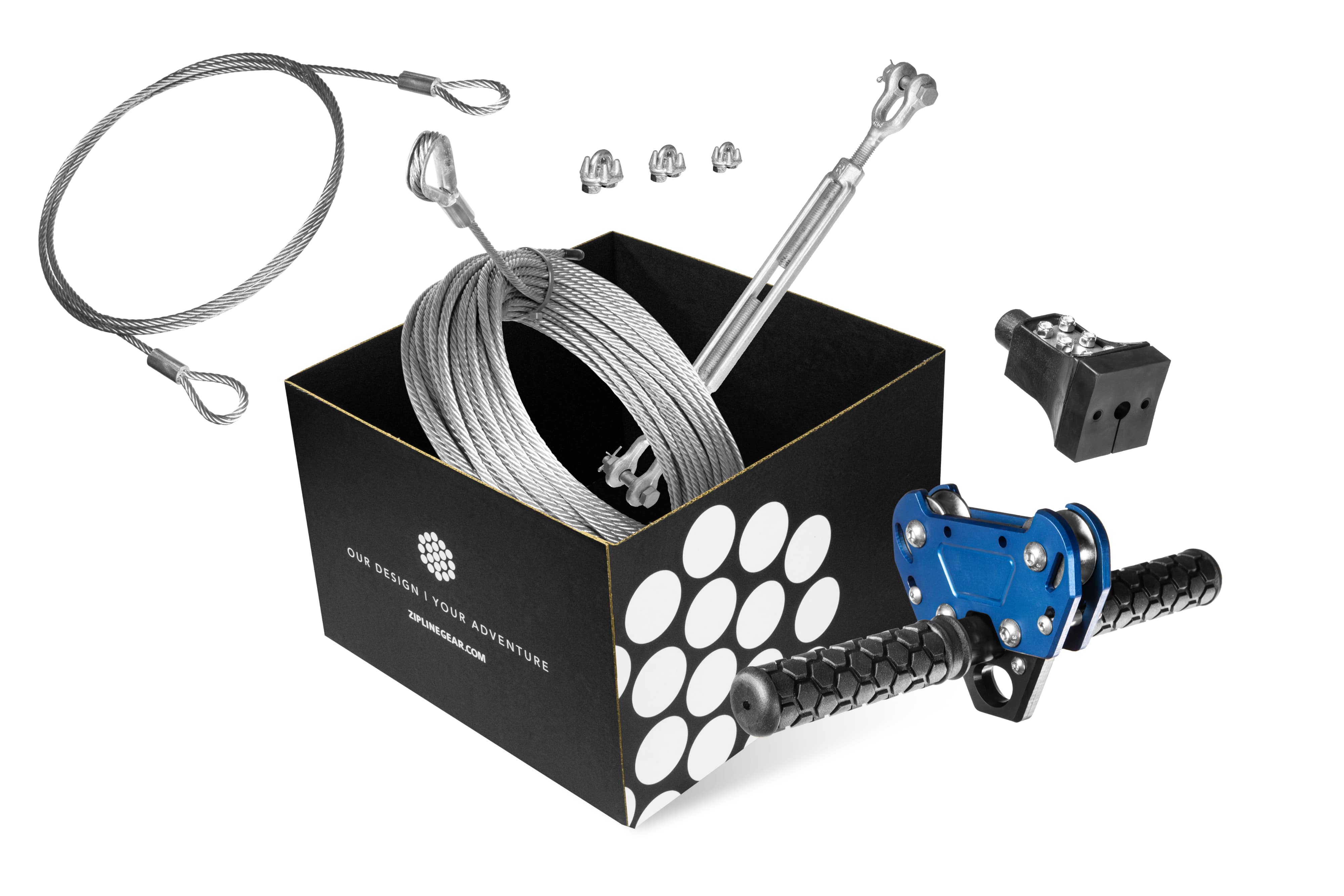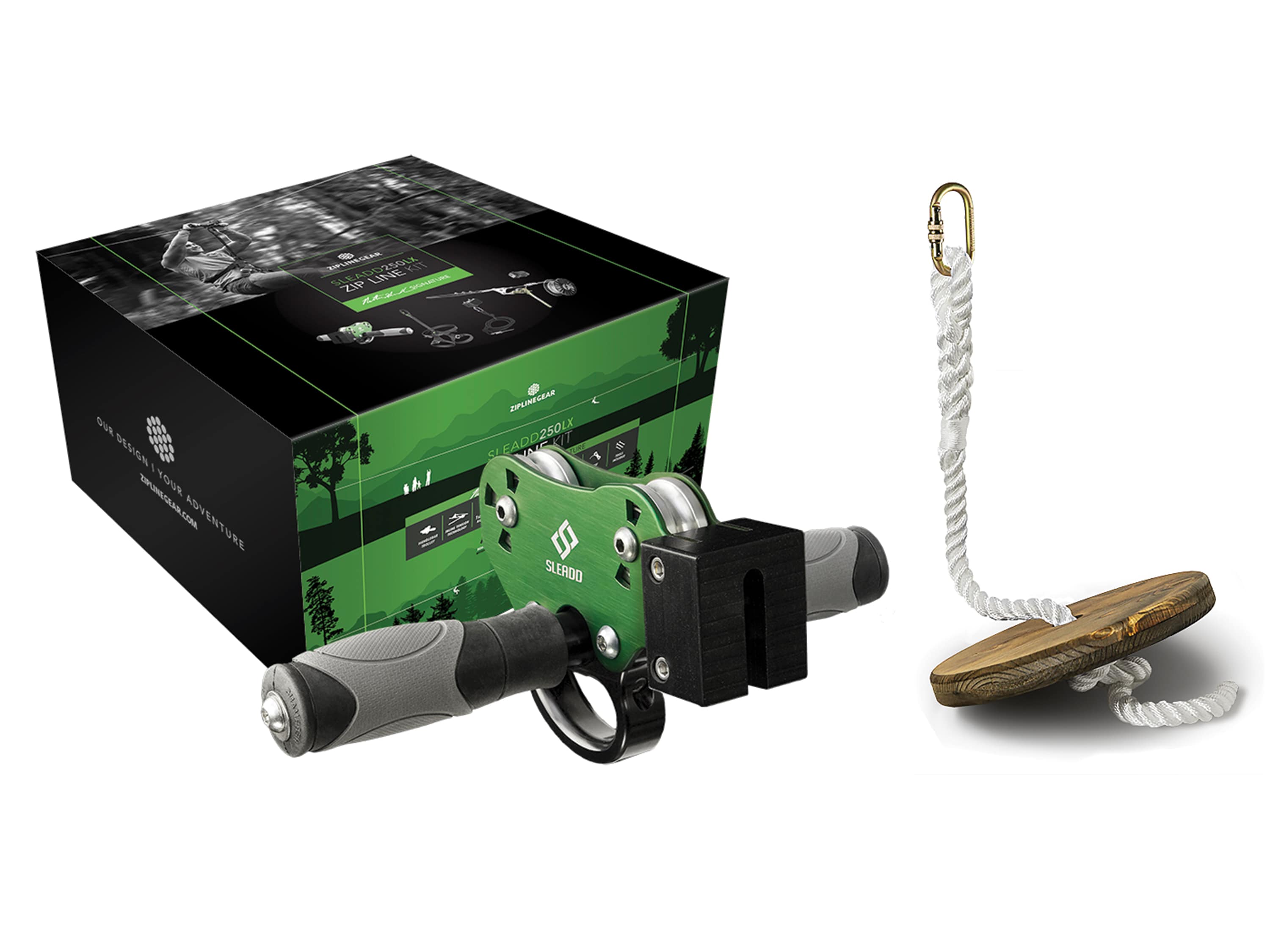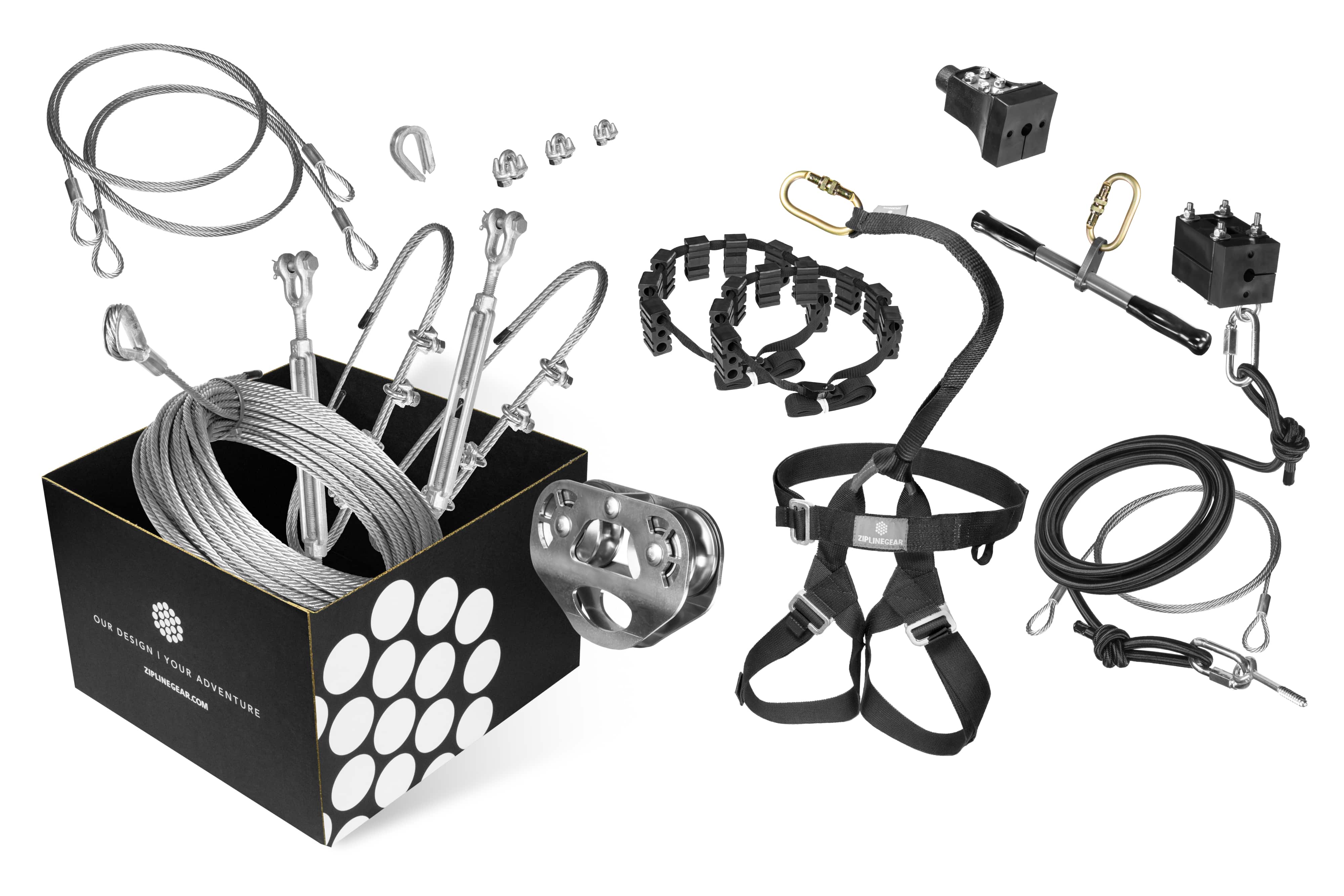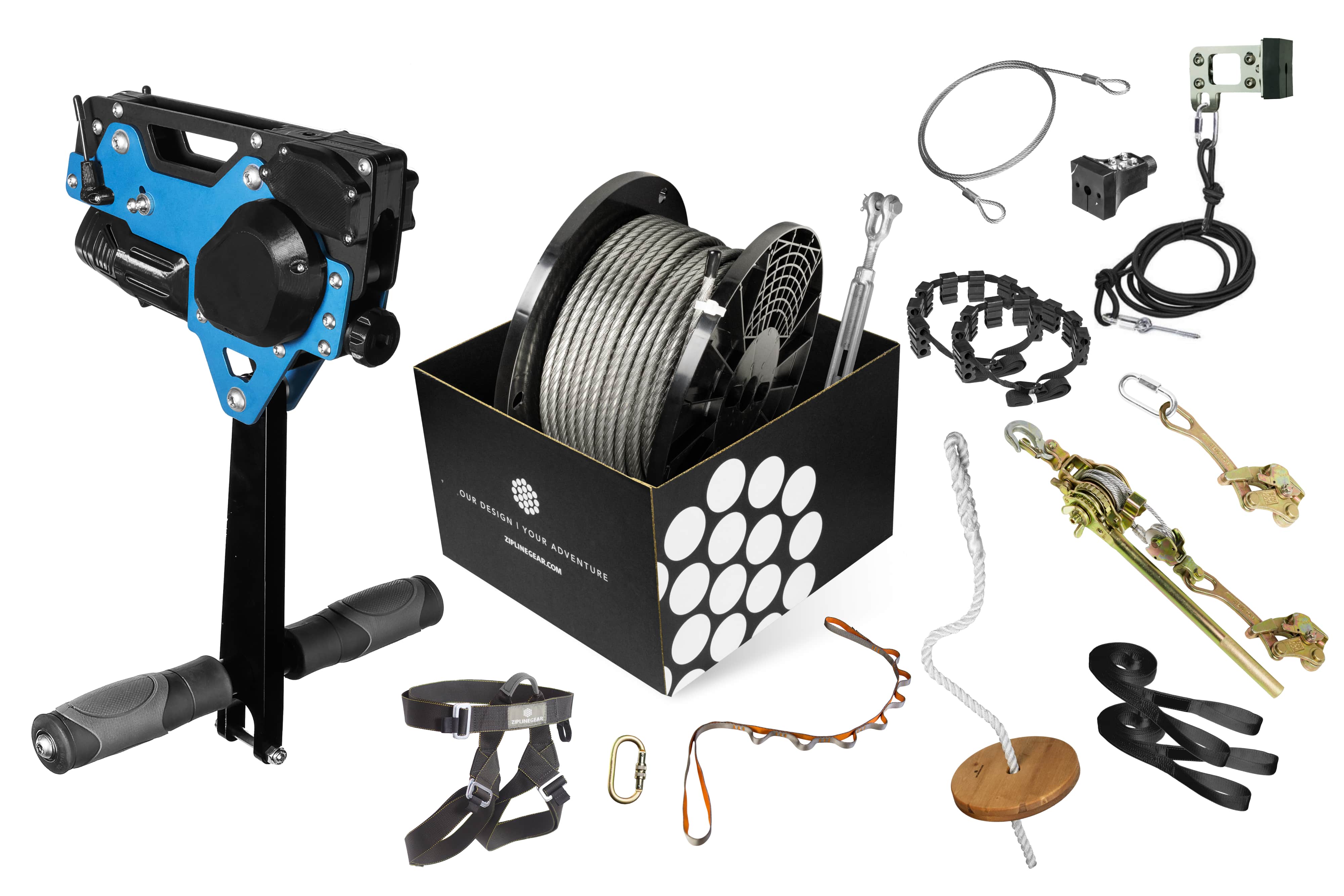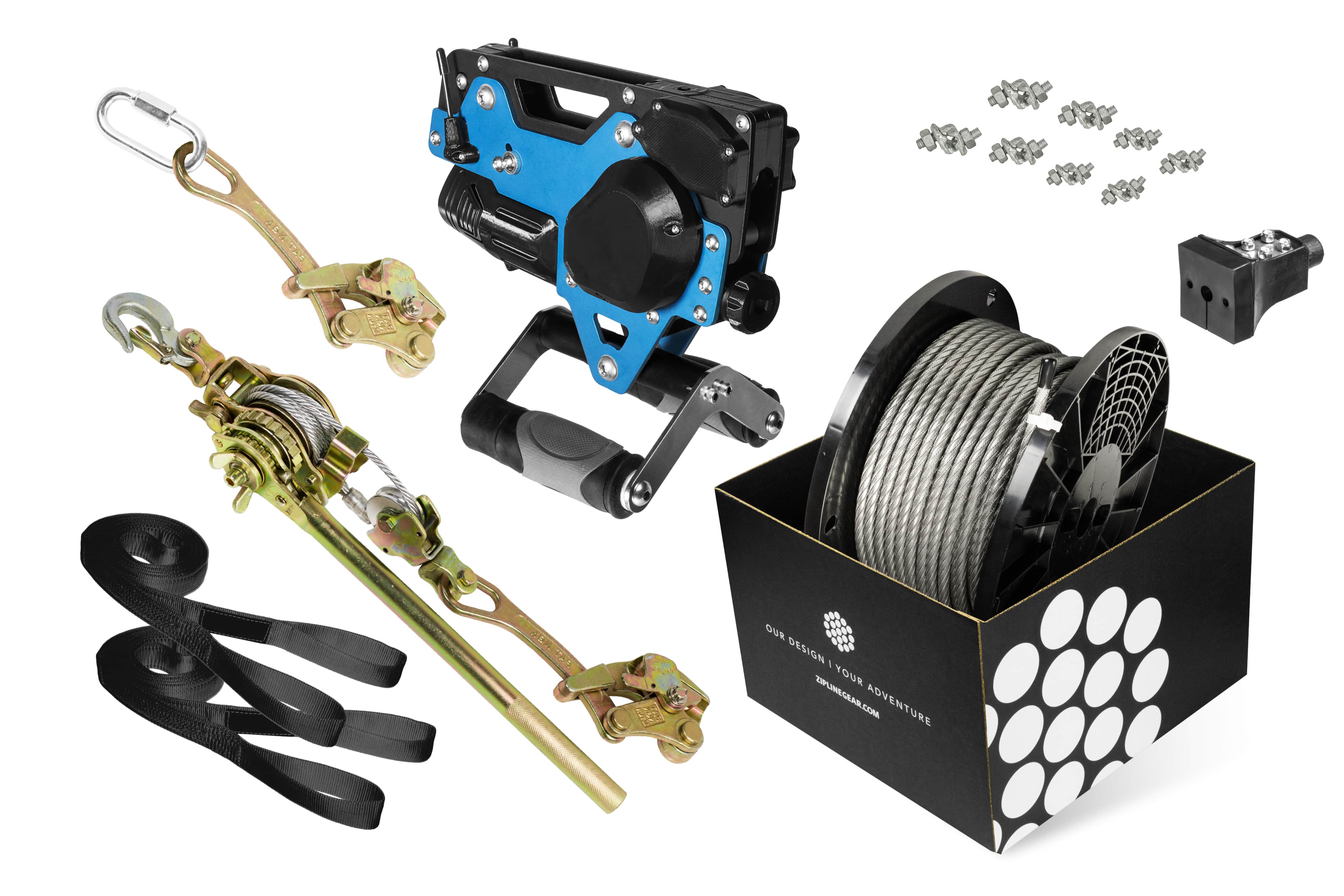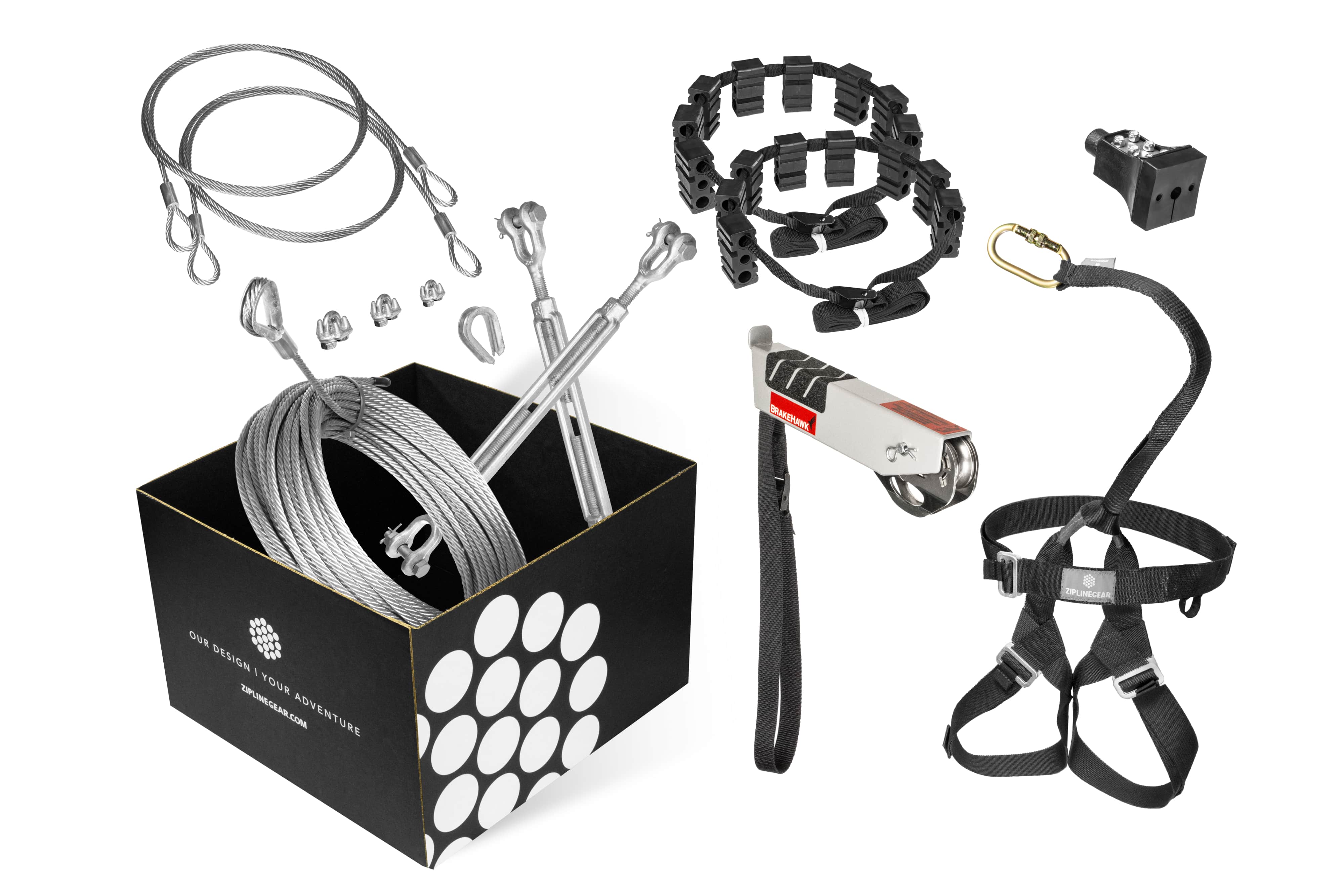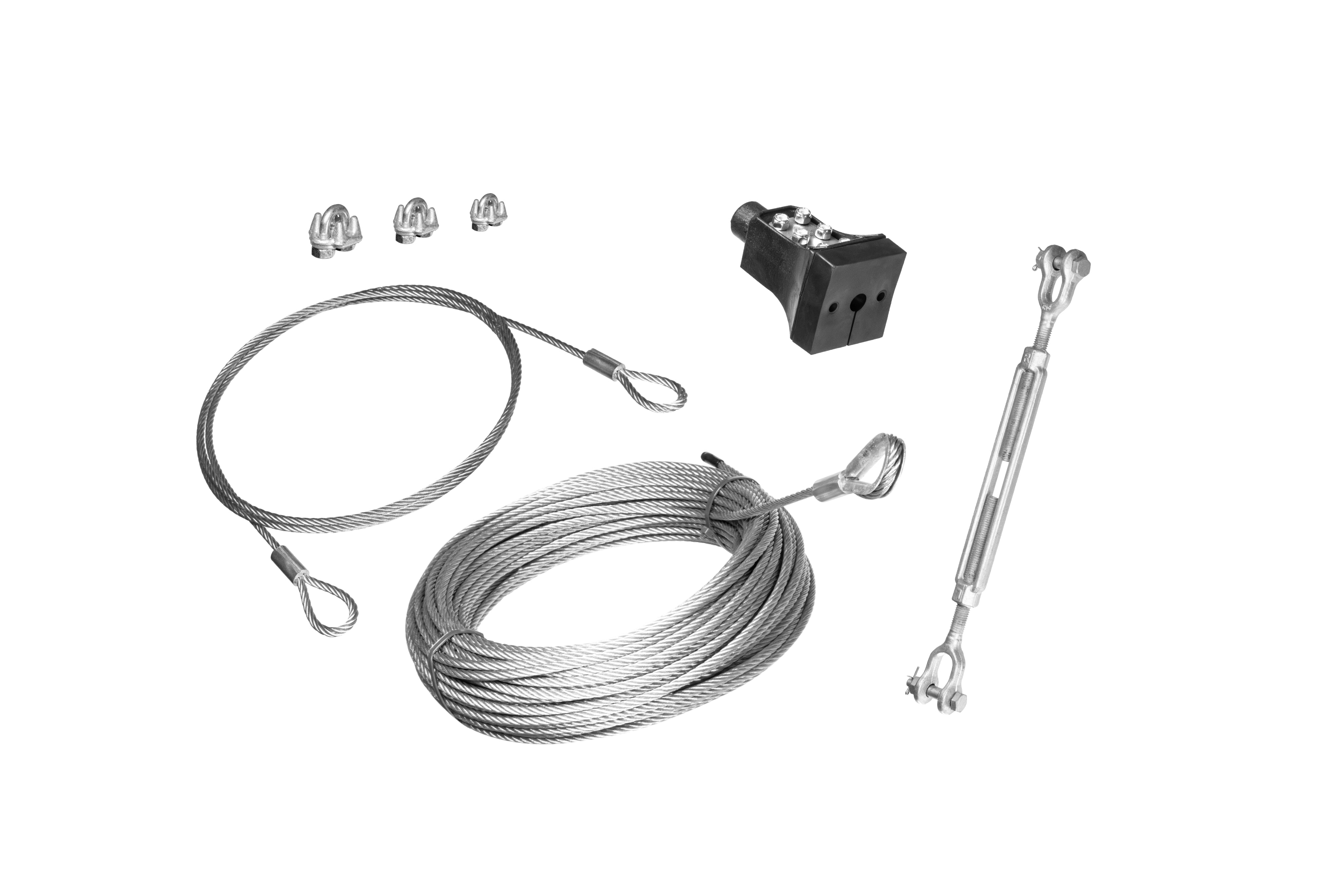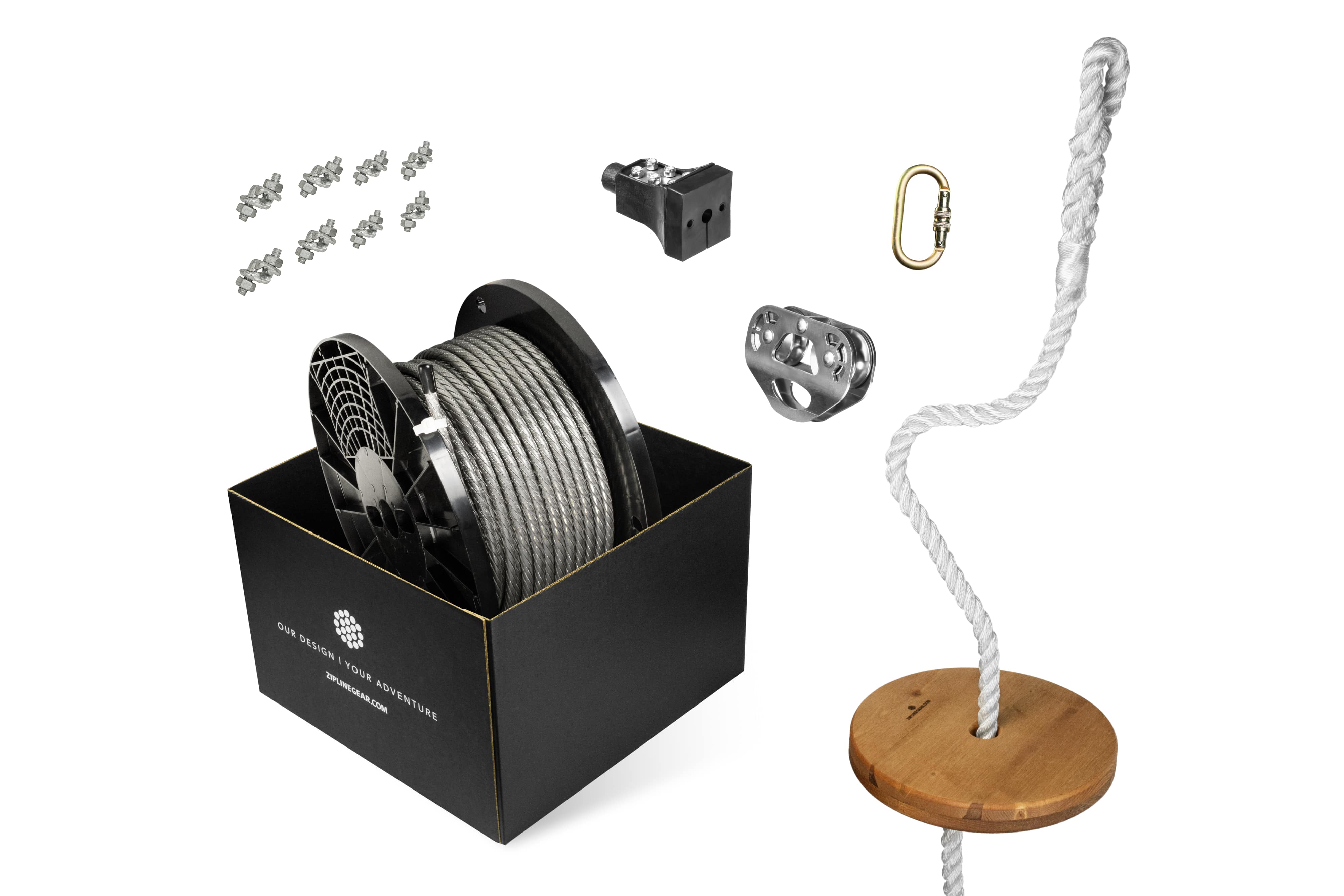The Beginner's Guide to Zip Line Slope and Sag
Understanding Zip Line Slope and Sag
Whether you're a DIY enthusiast looking to install your own zip line or a professional in the recreational industry, understanding zip line slope and sag requirements is crucial for safety and effective operation. These two components determine the profile your zip line needs to follow to ensure an exciting, yet safe, ride from start to finish.
Disclaimer: The content provided in this article is designed for informational purposes only and is intended for use in backyard zip line installations under 1000 feet in length. While we have made an effort to provide accurate information, some of the concepts have been approximated for the sake of simplicity and understanding. This guide does not replace the expertise of an engineer or an industry professional. If you are planning to install a zip line, it is strongly recommended to consult with such a professional to verify your plans and ensure the safety and integrity of your installation. Always remember, safety should always be your primary consideration in any recreational activity.
Defining Zip Line Slope
The slope of a zip line refers to the amount of drop the cable has from the upper anchor to the lower anchor. Ideally, the slope should be between 3% and 6% - this means that for every 100 feet of horizontal distance, the cable should drop 3 to 6 feet in elevation. For an in-depth review of how to calculate your anchor heights, check out this video.
When the slope is at 3% or less, riders are likely to lose momentum before reaching the end of the zip line, an effect we sometimes refer to as a "gravity brake". If the slope is closer to 6%, riders are likely to maintain high speeds all the way to the end, necessitating some form of Braking System.
Zip Line Sag Explained
The sag of a zip line (a measurement of how tight the cable is), refers to how much the cable dips when bearing its maximum intended load. A good rule of thumb is to aim for a sag of 2% or more of the total zip line length. For instance, a 100-foot zip line should sag at least 2 feet at its lowest point when loaded with the maximum intended weight.
To check the sag, measure the cable's height at the lowest point without any load, and again with the maximum intended load. If the difference between these two heights is less than 2% of the zip line's length, the cable is too tight and you risk loading your hardware beyond the recommended limits.
Importance of Clearance and Elevation Change
Remember to maintain at least 7 feet clearance over the entire zip line avenue when supporting the heaviest riders. This ensures safety for riders and protects the integrity of your zip line.
Moreover, consider any elevation change from the starting point to the ending point. Using tools such as a site level or GPS, this measurement will need to be accounted for when calculating anchor heights.
Helpful Hint for Installation
When choosing a location for your zip line, finding a landscape with a natural slope of 3% to 6% will make installation much easier. Also, if you plan to build launch or landing platforms, construct them approximately 5 to 6 feet lower than where the cable is anchored. Ideally, install the zip line and test it before building the platforms. It’s much easier to make adjustments to the zip line cable than to your platform.
A Final Word of Caution
Before letting anyone ride, always perform a Weight and Speed Test. There are many factors that impact a rider’s speed, and these guidelines should be thought of as a starting point for planning purposes, not as a guarantee for safe performance. The maximum allowable slope without a professionally engineered braking system is 3%. Any slope over this and up to 6% should never be attempted without appropriate braking measures. A high-speed collision with the endpoint can cause serious injury or even be fatal.
- Choosing a selection results in a full page refresh.
